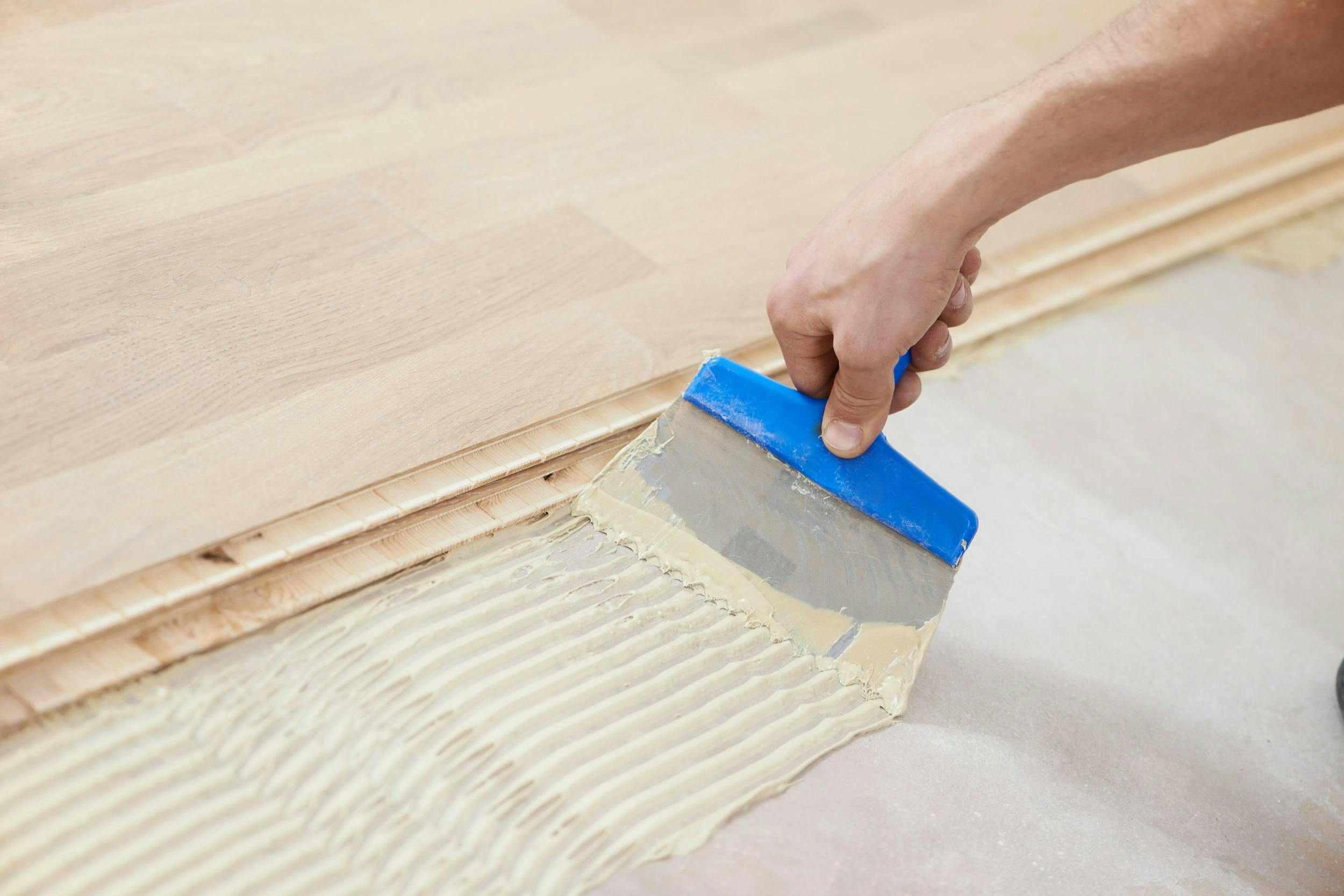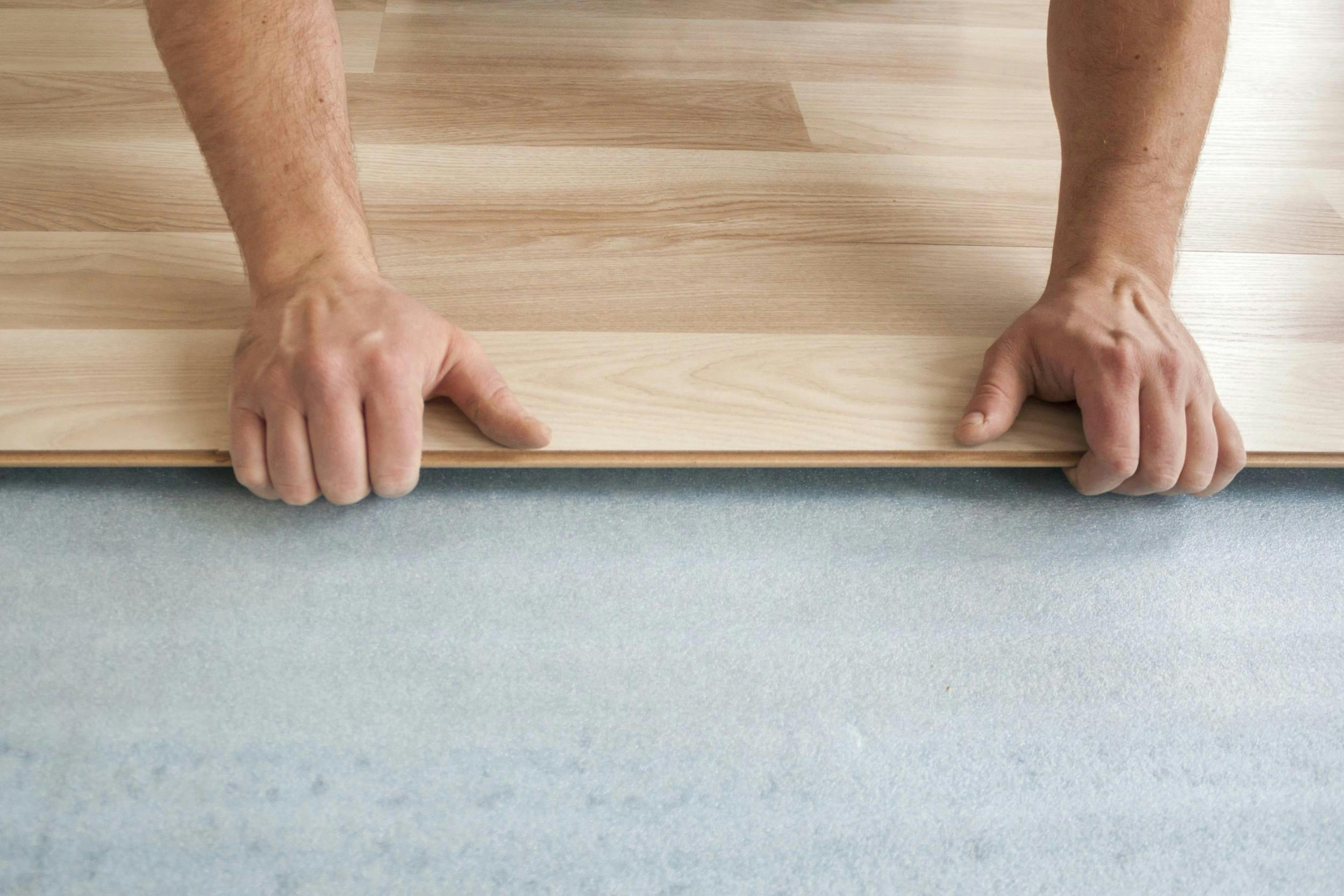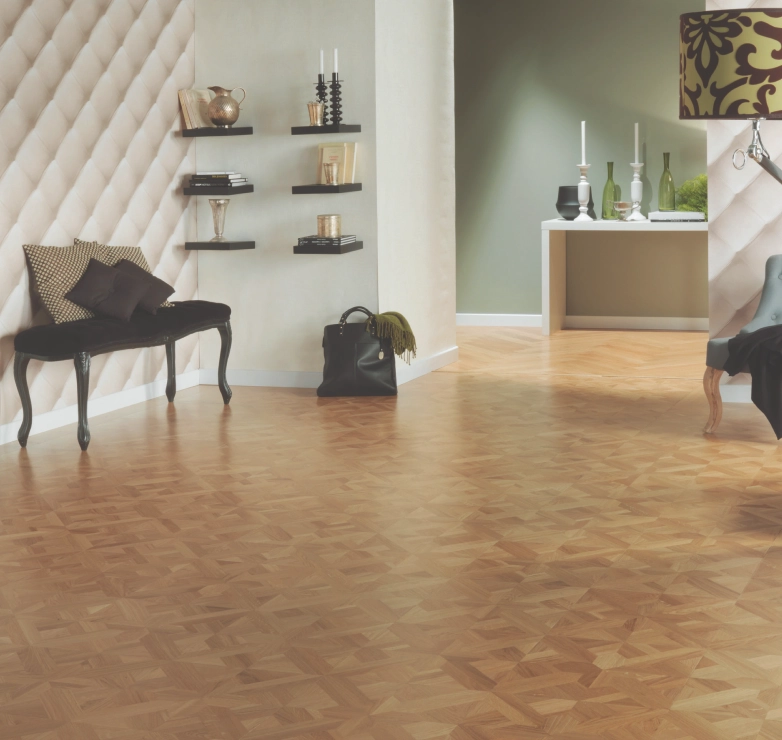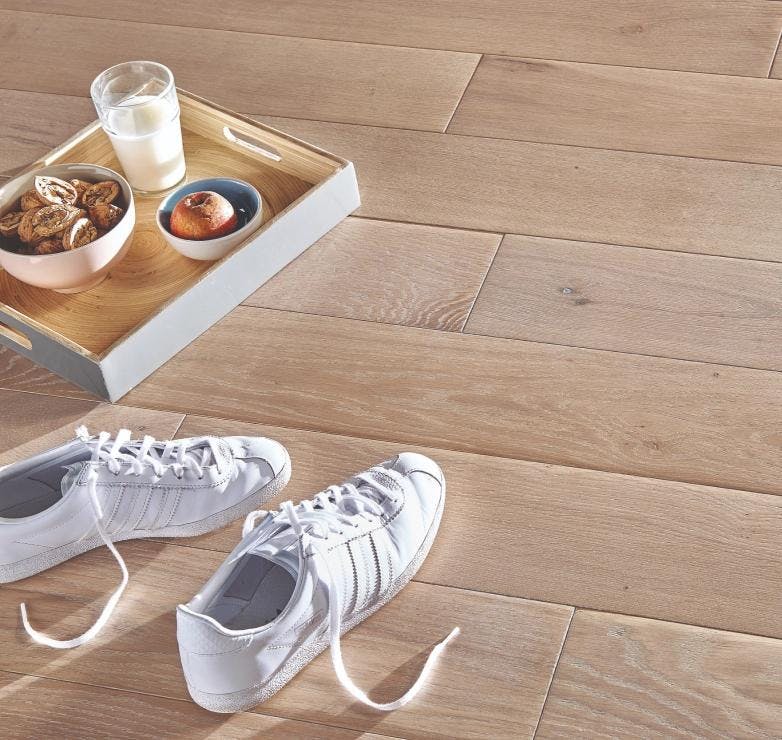Advice from our experienced team at Inner Space Flooring, a leading supplier of Hardwood Flooring & Parquet Flooring based in Birmingham UK. We not only supply stunning wood floor products for your home or commercial premises, we will also complete a professional wooden floor installation.
You can contact us for a competitive quote to complete here
When choosing the right wood flooring for your home or commercial property, there are many factors that you need to consider and decisions that need to be made, such as the colour, type of wood and engineered vs. real wood.
Even once you have picked out your perfect wood flooring, there are more choices to make when it comes to the installation process; the biggest one being - should the wood floor be floated or glued down?
It’s important to note that if you are using solid wood flooring, we would highly recommend gluing the floor down rather than floating it. Solid wood floors are more susceptible to movement as they are less structurally stable and can be affected by humidity and changes in temperature (this is discussed in more depth in our previous blog post: ‘What are the main differences between engineered and solid wood flooring?’.
Hence, floating is only really an option if you are using engineered wood flooring which can withstand the pressure of natural movement.
If you are using engineered wood flooring and you are struggling to choose between having it floating or glued down, then continue reading to find out the benefits and drawbacks of each and which would work best for your property.





